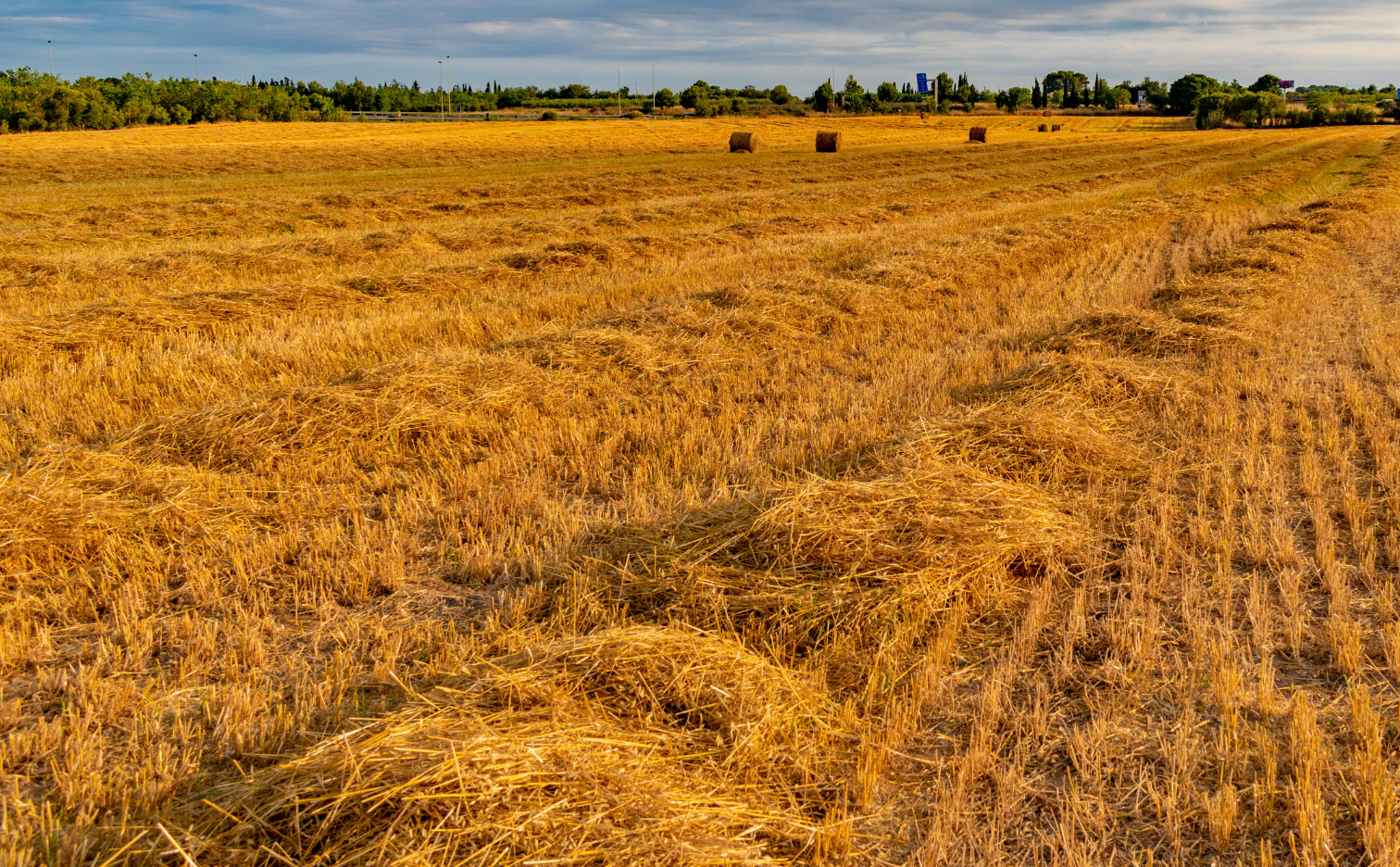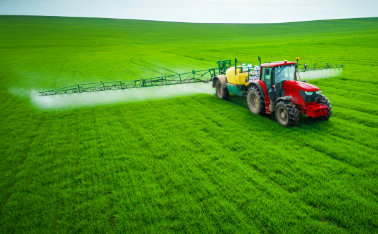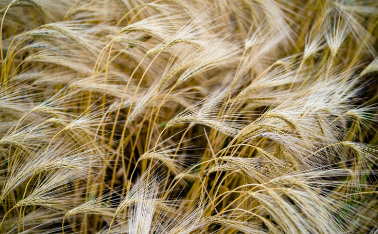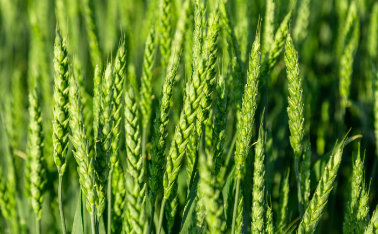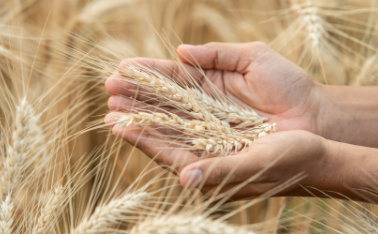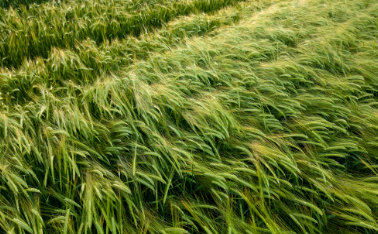Crop residues are all the remaining organic matter in a given crop site after harvesting, also called secondary yield. They consist of roots and above-ground parts of plants, such as seed pods, stems and leaves. As a natural organic material, they are a very rich source of nutrients. Their proper use enables an increase in the humus content and improves the soil’s microbiological activity.
Most crop residues are mature or dried blades and stems, i.e. straw. The amount that remains after cultivating depends on many factors, mainly the species and variety of the crop, as well as climatic and soil conditions, fertilizers or growth regulators used, and the date and accuracy of harvesting. One of the methods of determining straw yields is to calculate its amount based on the grain yields obtained. For cereals, the grain to straw ratio ranges from 1:1.0 – 1.5, while for corn it is 1:1.5, and for rapeseed even 1:2.0. At the same time, in the case of grain, winter varieties show higher straw yields by up to 20-37% than spring varieties.
The use of straw depends on the needs of a given farm. It is most often used as animal feed and bedding, but there is also an increase in its use for fertilizer purposes. Its fertilizing value depends on the species of the cultivated plant and varies depending on the grain yield obtained. It is a valuable source of macro- and microelements, especially potassium (K). Straw obtained from corn, buckwheat, legumes and rapeseed is the richest in nutrients compared to grain straw. Among grain straws, barley and oat straw have the highest fertilizing value.
| Average content of macroelements in straw of cultivated plants [kg/ 1 ton of straw] | |||||
|---|---|---|---|---|---|
| Cultivated plant | Nitrogen (N) | Phosphorus (P) | Potassium (K) | Calcium (Ca) | Magnesium (Mg) |
| Winter wheat | 6,7 | 1,1 | 10,6 | 2,8 | 0,9 |
| Spring wheat | 7,3 | 1,2 | 11,1 | 2,8 | 0,9 |
| Rye | 6,0 | 1,1 | 10,1 | 2,4 | 0,8 |
| Winter triticale | 5,9 | 1,1 | 10,5 | 2,4 | 0,8 |
| Winter barley | 8,6 | 1,4 | 12,6 | 4,1 | 1,0 |
| Spring barley | 8,0 | 1,2 | 12,3 | 4,0 | 1,0 |
| Oat | 7,6 | 1,6 | 18,9 | 3,5 | 1,1 |
| Corn | 11,9 | 2,0 | 18,7 | 4,0 | 2,8 |
| Buckwheat | 10,6 | 2,9 | 19,2 | 9,0 | 2,8 |
| Winter rapeseed | 7,0 | 1,3 | 17,3 | 16,1 | 1,3 |
| Field beans | 10,2 | 1,4 | 14,1 | 9,8 | 1,2 |
| Pea | 15,6 | 1,4 | 15,1 | 17,8 | 1,6 |
| Lupin | 12,0 | 1,5 | 15,4 | 10.7 | 1,3 |
The beneficial effects of straw on the soil properties are evident for 3-4 years after its application. However, it is not high in the case of phosphorus, as in the first year about 15-30% of this element is released into the soil. In the case of potassium it is 50-70%, and for nitrogen up to 70%. When rotating from plowed-in residues, the use of phosphorus increases to 50-60%, and potassium up to 90%. In order for these components to be used by plants, organic matter must be transformed into forms available to them as quickly as possible. The rate of decomposition of crop residues is determined by the nitrogen content, the carbon to nitrogen ratio (C:N) and the lignin content, which determine the susceptibility of the carbon compounds contained in the residues to microbial decomposition. The higher the nitrogen content in the first phase of decomposition, the higher the rate of mineralization of crop residues, while during advanced decomposition the lignin content is decisive. In addition to the chemical composition, decomposition also depends on factors influencing the activity of microorganisms, such as temperature, soil reaction, air and water conditions and the content of minerals, as well as the presence of compounds in the soil that are harmful to plants or the species of the plant being cultivated.
The natural decomposition of crop residues is a long-term process, which causes the release of elements into the soil slowly and, consequently, their availability to plants is staggered over time, therefore it is recommended to use appropriate formulations to accelerate the mineralization of crop residues, such as DECOMPOSE AND RELEASE.
Advantages of using DECOMPOSE AND RELEASE
- accelerated mineralization of crop residues,
- improvement of soil fertility,
- increasing the content of humus and organic substances in the soil,
- increasing the amount of macroelements in the soil,
- increasing the availability of available forms of phosphorus for plants,
- proper plant growth and root development.
Composition
- Nitrogen (N) – 14%
- Boron (B) – 3%
- Iron (Fe) – 1,5%
- Molybdenum (Mo) – 0,6%
Bacteria of the Bacillus sp. genus in a concentration of ≥ 2×109 CFU/g.
